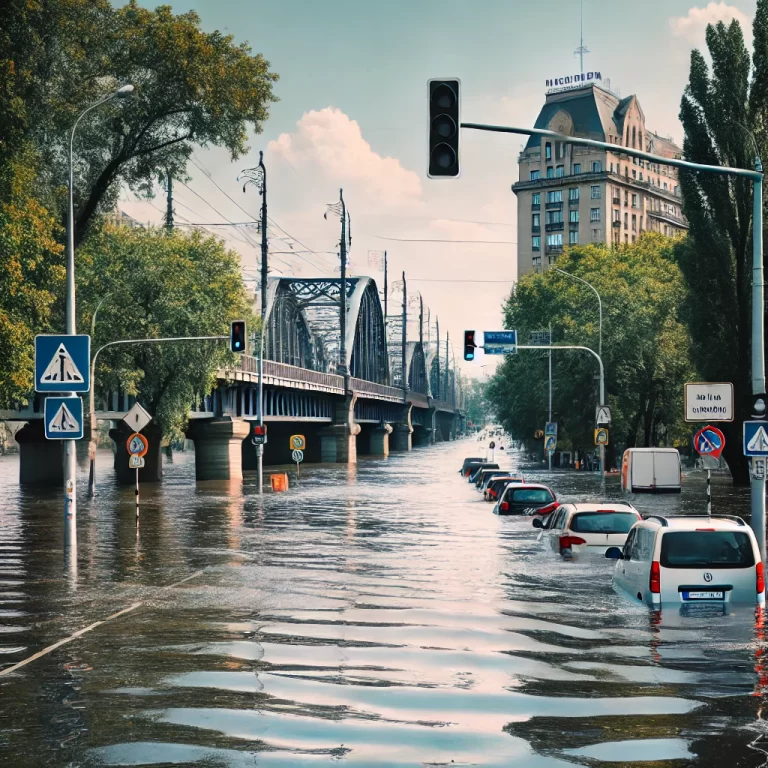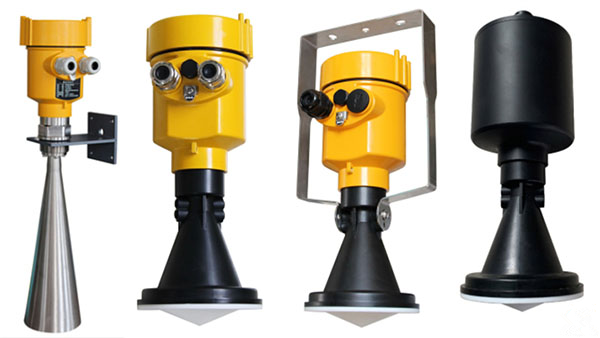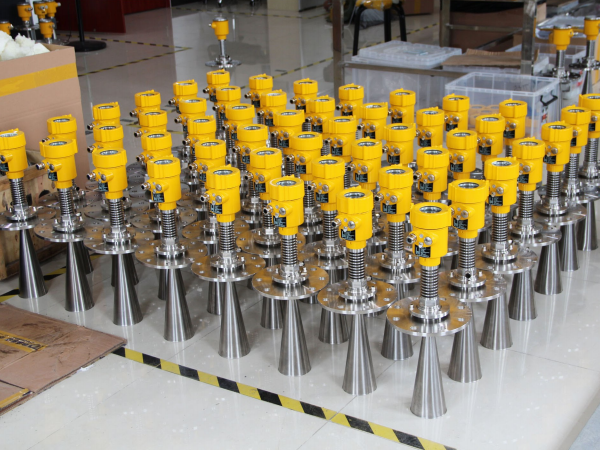With the acceleration of urbanization, urban waterlogging has become a headache for urban planning managers. It not only affects urban traffic and residents’ daily lives, but may also cause damage to urban infrastructure.
Therefore, timely and accurate monitoring of water level changes is of great significance for drainage scheduling and disaster prevention. This article will explore how radar level meters can play a key role in solving the problem of urban waterlogging.

Urban waterlogging is usually caused by heavy rainfall or poor drainage systems. Traditional water level measurement methods such as buoys and pressure sensors are greatly affected by environmental factors, making it difficult to achieve real-time and accurate monitoring, and the maintenance cost is high.
Therefore, it is urgent to find a monitoring method that can adapt to complex urban environments, with high accuracy and strong stability.
The radar level meter measures the liquid level by transmitting and receiving microwave signals. Its working principle is: the microwave signal emitted by the radar level meter is reflected after encountering the water surface, the instrument receives the reflected signal and calculates its time difference, and then converts it into water level data.
The advantage of this technology is that it is non-contact measurement, is not affected by the characteristics of the medium, and has the characteristics of high accuracy, high stability and low maintenance.

Deploying radar level gauges in flood-prone areas of cities can monitor the water level at each point in real time and provide accurate data support for drainage scheduling.
For example, radar level gauges are installed at key points such as important road sections, underground passages, bridge culverts, etc.
Once an abnormal water level rise is detected, the early warning system can be activated in time and the working state of the drainage pump station can be adjusted through the intelligent control system to achieve rapid drainage and effectively prevent the occurrence of waterlogging disasters.
Take a large city as an example. In recent years, the city has been experiencing waterlogging problems caused by heavy rainfall. City managers installed radar level gauges at major waterlogging points and integrated them into a centralized monitoring platform.
In this way, the management department can grasp the water level information of each monitoring point in real time, and respond quickly once an abnormality is found, dispatch drainage resources, and greatly reduce the impact of waterlogging.

With the continuous development of technology, the accuracy and stability of radar level meters will be further improved, and the cost will be further reduced.
Combined with the Internet of Things and big data analysis technology, the future urban waterlogging monitoring system will be more intelligent and automated, and can achieve more efficient waterlogging prevention and control.
